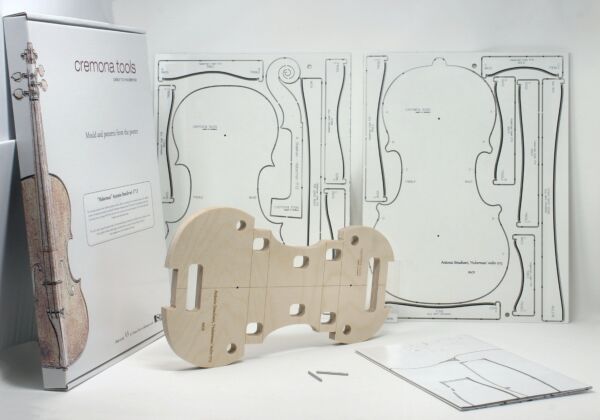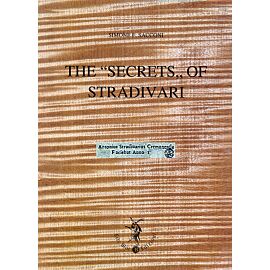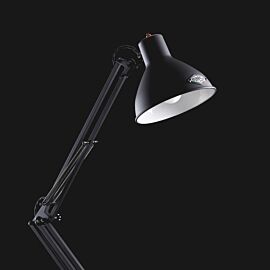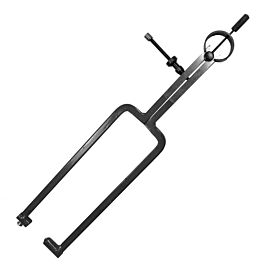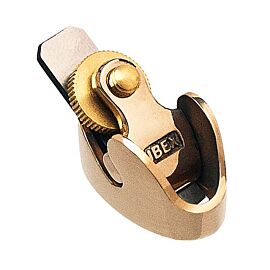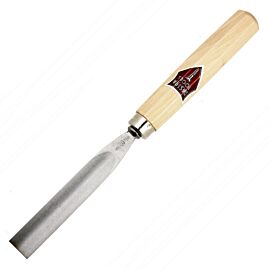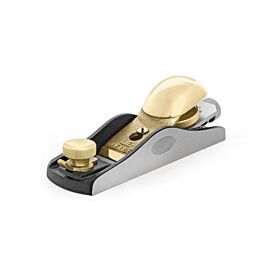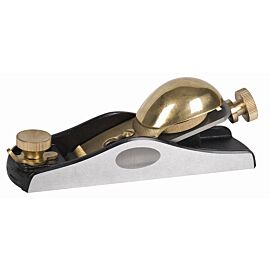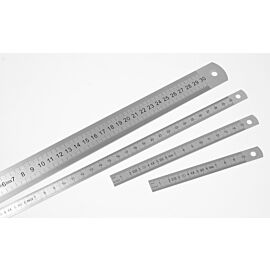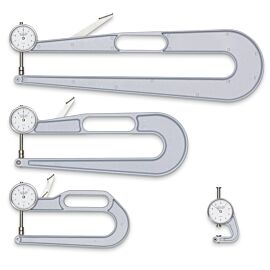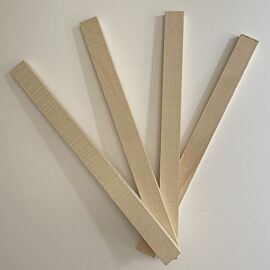In stock
Finally a kit to make instruments based on the original instruments as they are nowaday.
The kit contains the internal mold made on the original ribs line or plates line, the patterns of the archings, f-hole and the scroll.
ATTENTION!
The "Cannon" kit does not contain the poster, read the presentations for information on where to find the images.
The kit contains the internal mold made on the original ribs line or plates line, the patterns of the archings, f-hole and the scroll.
ATTENTION!
The "Cannon" kit does not contain the poster, read the presentations for information on where to find the images.
Details
PRESENTATION
We are pleased to finally be able to offer you the construction kits of some of the most beautiful instruments published in the famous series of posters.
The kit includes:
WARNINGS
All the models are taken from the posters published by The Strad, as well as the measurements and curves shown and all the information contained. No significant changes have been made to the original pictures, so all models reflect the drawings of the posters as closely as possible. However, some inconsistencies were found and where it was not possible to understand why and correct it, we mainly relied on photographs. So keep in mind that you may find some measures or lines that do not correspond to those published in the posters. Despite this, the instruments made with our kits will be the most similar to the lines of the original tools compared to other kits on the market, having respected asymmetries, measurements, wears and the lines of the original drawings present on the posters with very few corrections. The length of the rib corners of the four central blocks are derived from the drawings, and each will have to check if the distance from the tips of the edges is correct according to your own idea of where they must end. You may have to shorten or lengthen them according to your preference. The measures of the four central blocks can be different from each other because they respect the asymmetrical lines of the ribs. Please take the above into account before made your instrument.
WHY ASYMMETRIC?
First of all because the original instruments are asymmetrical. Second, because it is not possible to have the pleasure of trying to recreate an ancient instrument if its original lines are not respected. It would completely change its appearance. Nothing in nature or ancient craftsmanship is symmetrical, and this is one of the components that make old artefacts or breathtaking views fascinating. It can be called visual complexity. This stimulates the brain much more than a linear, symmetrical and perfect thing. So trying to get the beauty of an ancient instrument by making it symmetrical and perfect means “doing something else”, very different and probably less interesting. The ancient Masters arrived there naturally, with their working methods, their manual skills, and with eyes and taste not yet influenced by the precision of modernity. But time has also played its part, of course. In other words, it can be said that precision and symmetry are not necessarily synonymous with beauty.
ATTENTION
To separate the templates from the sheet, we recommend carefully cutting the connection points by an arc saw with a thin blade and finishing them with files and fine abrasives. Do not try to detach them by breaking them because the templates themselves could break. Being a very hard and rigid special material, be very careful when separating the parts.
POSSIBLE DEFECTS AND INCONGRUENCES
Although we have spent many hours to report and digitize the drawings, make checks and checks and adjustments, it is possible that there are still points or aspects that can be considered incorrect or particular to be modified. Some other detail will surely have escaped us or we have misunderstood it. Please let us know so that we can do further verification and possibly correct any discrepancies. Thanks!!!
We are pleased to finally be able to offer you the construction kits of some of the most beautiful instruments published in the famous series of posters.
The kit includes:
- the mould in birch marine plywood
- the pattern of the inner line of the ribs
- the external model of the violin
- the model of the f-hole
- the model of the scroll
- the patterns of back and belly arching (if available)
- the patterns of the central arching line of back and belly (if available)
- 2 centring pins
- the original poster of the instrument (not available for the "Cannon")
WARNINGS
All the models are taken from the posters published by The Strad, as well as the measurements and curves shown and all the information contained. No significant changes have been made to the original pictures, so all models reflect the drawings of the posters as closely as possible. However, some inconsistencies were found and where it was not possible to understand why and correct it, we mainly relied on photographs. So keep in mind that you may find some measures or lines that do not correspond to those published in the posters. Despite this, the instruments made with our kits will be the most similar to the lines of the original tools compared to other kits on the market, having respected asymmetries, measurements, wears and the lines of the original drawings present on the posters with very few corrections. The length of the rib corners of the four central blocks are derived from the drawings, and each will have to check if the distance from the tips of the edges is correct according to your own idea of where they must end. You may have to shorten or lengthen them according to your preference. The measures of the four central blocks can be different from each other because they respect the asymmetrical lines of the ribs. Please take the above into account before made your instrument.
WHY ASYMMETRIC?
First of all because the original instruments are asymmetrical. Second, because it is not possible to have the pleasure of trying to recreate an ancient instrument if its original lines are not respected. It would completely change its appearance. Nothing in nature or ancient craftsmanship is symmetrical, and this is one of the components that make old artefacts or breathtaking views fascinating. It can be called visual complexity. This stimulates the brain much more than a linear, symmetrical and perfect thing. So trying to get the beauty of an ancient instrument by making it symmetrical and perfect means “doing something else”, very different and probably less interesting. The ancient Masters arrived there naturally, with their working methods, their manual skills, and with eyes and taste not yet influenced by the precision of modernity. But time has also played its part, of course. In other words, it can be said that precision and symmetry are not necessarily synonymous with beauty.
ATTENTION
To separate the templates from the sheet, we recommend carefully cutting the connection points by an arc saw with a thin blade and finishing them with files and fine abrasives. Do not try to detach them by breaking them because the templates themselves could break. Being a very hard and rigid special material, be very careful when separating the parts.
POSSIBLE DEFECTS AND INCONGRUENCES
Although we have spent many hours to report and digitize the drawings, make checks and checks and adjustments, it is possible that there are still points or aspects that can be considered incorrect or particular to be modified. Some other detail will surely have escaped us or we have misunderstood it. Please let us know so that we can do further verification and possibly correct any discrepancies. Thanks!!!


